Urmia Travel Guide
Unlock Urmia's Treasures with This Concise Travel Guide

Traveling to Urmia undoubtedly creates memorable and captivating experiences, provided you possess comprehensive and accurate information about the city.
Situated in the beautiful province of West Azerbaijan, Urmia stands as a must-visit destination at least once in a lifetime.
The city is renowned for its warm-hearted people who speak various languages, including Persian, Azerbaijani Turkish, and Kurdish. The most breathtaking spot in the region is Lake Urmia, once known as the second-largest saltwater lake in the world. Urmia is brimming with attractions that you simply cannot overlook.
Contents
Key Facts About Urmia
| Fact | Detail |
|---|---|
| Location | Northwestern Iran, in the West Azerbaijan province |
| Language | Predominantly Persian (Farsi) with a significant number of Kurdish, Azerbaijani, and Armenian speakers |
| Climate | Continental climate with hot summers and cold winters |
| Best Time to Visit | April to June and September to early November for mild weather |
| Major Attractions | Lake Urmia, Urmia National Park, St. Thaddeus Monastery, Qara Kelisa, Urmia Bazaar |
| Transportation | Urmia has its own airport, Urmia Airport, with domestic flights. The city is also well-connected by road with bus services to major cities. |
| Cuisine | Features a variety of Kurdish, Turkish, and Persian dishes. Local specialties include Dolma, Kebabs, and different types of bread. |
| Accommodation Options | A range of options from budget to luxury hotels, with some available for booking through OrientTrips. |
Geographical Location of Urmia
Located in the northwest of Iran’s map, Urmia is one of the country’s critical border cities. It is bordered by Salmas to the north, Naqadeh to the south, Lake Urmia to the east, and Turkey to the west.
Geographically, Urmia is nestled 20 kilometers away from Lake Urmia, surrounded by various mountains, including Chehel Maran, Sir, Qiz Qalasi, Juhud, Ali Panjeh, and Ali Iman Dashti, standing at an elevation of 1,332 meters above sea level. The city experiences severely cold and harsh winters, along with moderate and spring-like summers.
A Glance at Urmia’s History
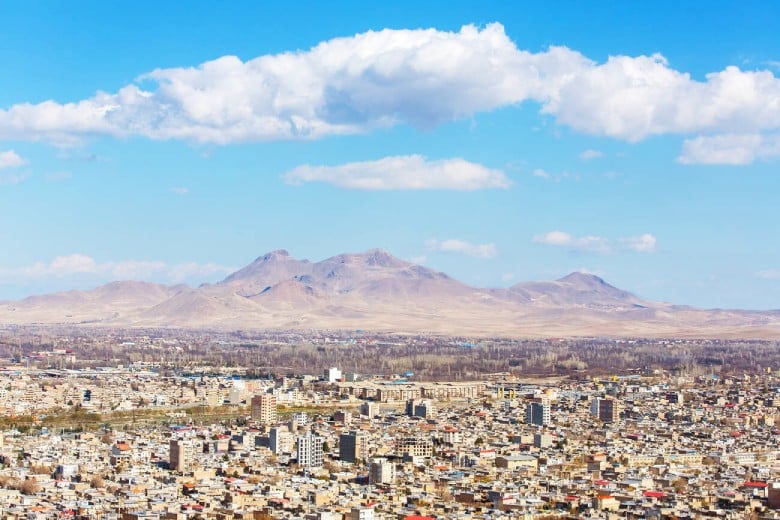
Urmia has a rich historical background. In ancient times, it was referred to as “Chi Chist” or “Chi Chesta,” while the Assyrians called it “Urmia,” Armenians referred to it as “Urmie,” Arabs named it “Armiya,” and Iranians called it “Urumi.” The name Urmia, derived from the ancient words “Ur” (place, city, or fortress) and “Mia” or “Mieh” (water), essentially means the city of water.
This city, abundant in water in its early days, was aptly named Urmia or the city of water. Other titles for Urmia have included “City of Water,” “City of Religions,” “Paris of Iran,” and “Dar-ol-Neshat.” It’s interesting to note that during the Pahlavi era, it was also called “Rezaiyeh.” Urmia is genuinely one of those places where human civilizations formed. Archaeological findings and historical evidence suggest that Urmia was fully inhabited and thriving during the Median Empire, with some historians believing the birth of Zoroastrianism took place in this city.
For travelers seeking a unique journey into the heart of Iranian culture, history, and natural beauty, Urmia offers an unparalleled experience. Its rich heritage, diverse languages, and stunning landscapes make it a pivotal destination for anyone exploring Iran.
Travel Routes to Urmia
Understanding how you can travel to Urmia is crucial as it offers you various routes. You can choose from bus, train, or personal car for your journey to Urmia. Below, we will guide you on how to reach Urmia using each of these transport options.
Air Travel to Urmia
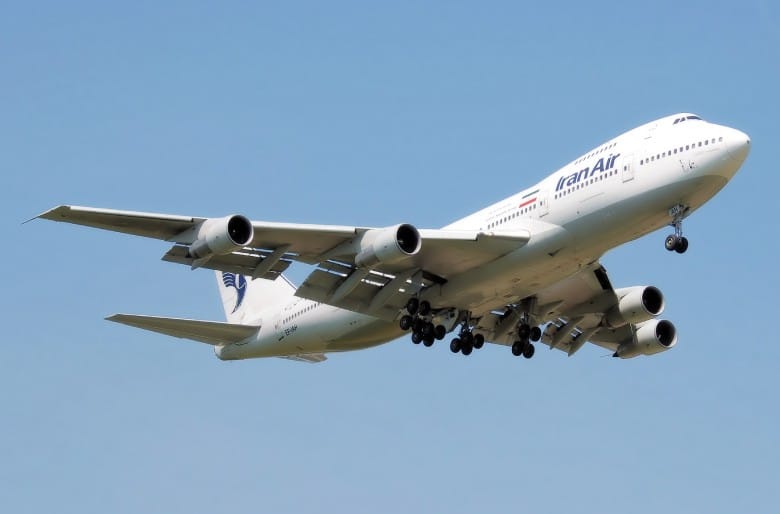
Choosing to fly to Urmia? You should know the flight duration from Tehran to Urmia is approximately 1 hour and 10 minutes. From Mashhad, it takes about 1 hour and 30 minutes, and from the city of Isfahan, the journey is around 1 hour and 20 minutes. Your plane will land at Urmia’s Shahid Bakri International Airport, located 15 kilometers along the Salmas Road.
Urmia Airport Introduction and Accessibility
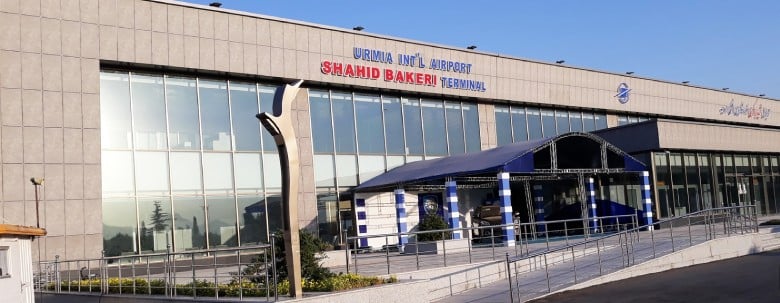
Shahid Bakri International Airport in Urmia was established in 1963, situated to the north of the city center and in the heart of West Azerbaijan province. This airport holds a strategic position due to West Azerbaijan’s proximity to three foreign countries. Located centrally in the city, it allows for easy transportation to various parts. Moreover, numerous taxis available at the airport itself make accessing all parts of the city effortless.
Ground Travel to Urmia
If flying isn’t your preference, taking a train is another excellent option for traveling to Urmia. The Urmia Railway Station, positioned in the southeast of the city, ranks as one of the country’s largest train stations. This railway spans 185 kilometers, connecting West Azerbaijan to Zanjan, Qazvin, Tehran, and East Azerbaijan. From this station, you can easily travel to and from Mashhad, Yazd, Tehran, Qom, Bandar Abbas, Tabriz, Shiraz, Kerman, Isfahan, and many other cities.
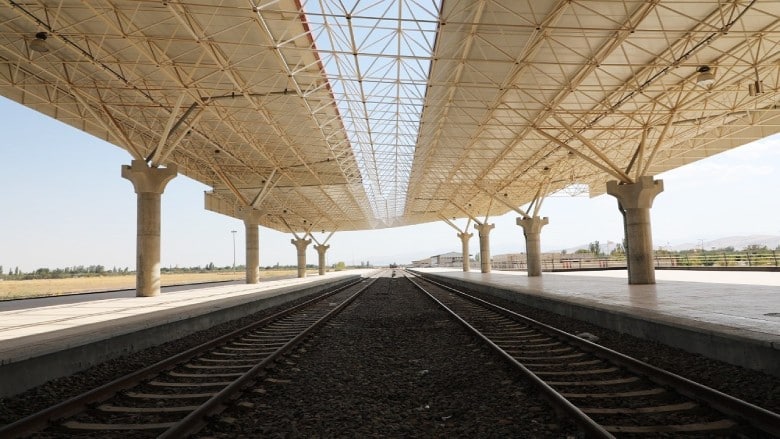
Urmia Railway Station
The Urmia Railway Station began operations in November 2018, linking through the Maragheh-Urmia line to the Tehran-Tabriz railway. This station offers full amenities for passengers and visitors, including easy access to transportation. Interestingly, the station is only 8 kilometers from the city center, meaning a 15-minute taxi ride can get you there without traffic. Its architectural design is filled with elements of the city’s traditional beauty, ensuring accessibility for individuals with mobility disabilities.
Urmia Bus Terminals
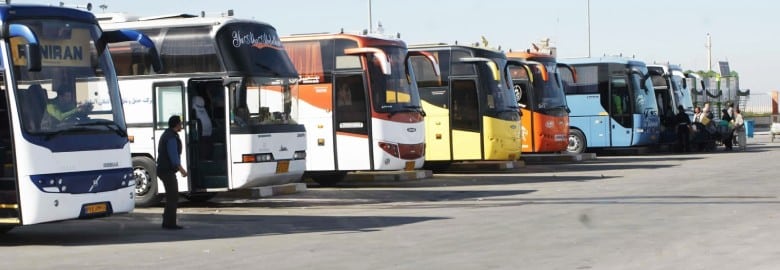
Traveling to the beautiful city of Urmia by bus is another viable option. The city’s intercity bus terminal is located on Haft-e Tir Street, right opposite the Ghasr Hotel. From this terminal, numerous buses and minibuses head to various destinations including Tehran’s South Terminal and Beyhaghi Terminal at Argentina Square, as well as cities like Ardabil, Varamin, Qazvin, Qom, Sari, Isfahan, Behshahr, Ajab Shir, Mashhad, Shiraz, Ahvaz, Bukan, Khoy, Sardasht, Miandoab, Poldasht, Zanjan, Kermanshah, Hamedan, Khorramabad, Ardabil, Ilam, Yazd, Gorgan, and other locations across Iran. Simultaneously, vehicles and buses from Tehran and almost all other Iranian cities frequently transport passengers to this busy terminal.
Public Transportation in Urmia
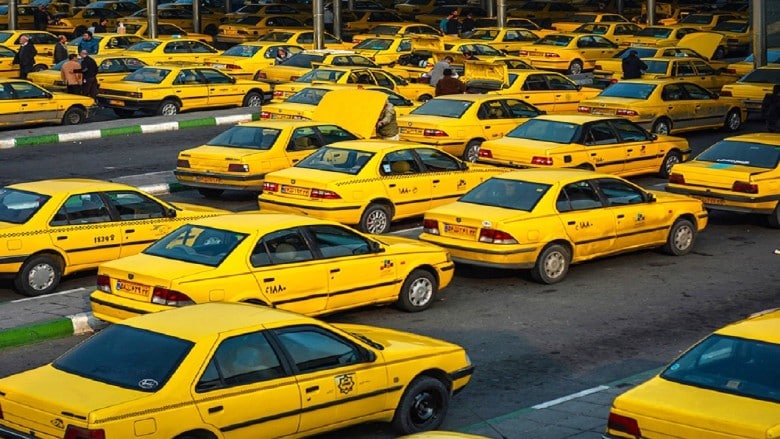
Public transit in Urmia operates similarly to other major Iranian cities. Urmia ranks as the second city in Iran in terms of high traffic volume. Approximately 250,000 vehicles navigate through the city daily, which unfortunately overwhelms the capacity of its streets. To alleviate traffic congestion, the government has bolstered the city’s public transportation system. Regular and express buses have been introduced for various urban trips, alongside taxis offering rides at regulated fares.
Best Season to Visit and Urmia’s Climate
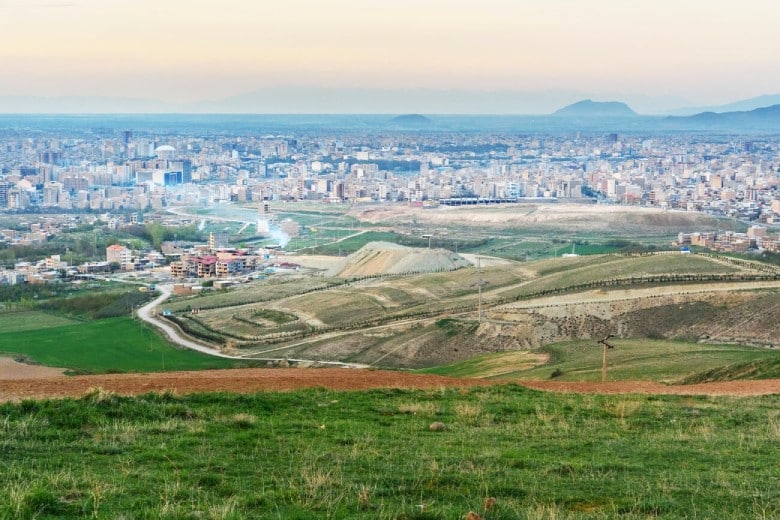
The best time to visit Urmia is from early July to the end of September. Urmia experiences a cold climate with harsh winters. However, from July to September, the weather is significantly mild and pleasant. Although summers in Urmia are busy, some travelers prefer the winter and autumn seasons for their visits, seeking a quieter experience.
Discover Urmia’s Top Attractions
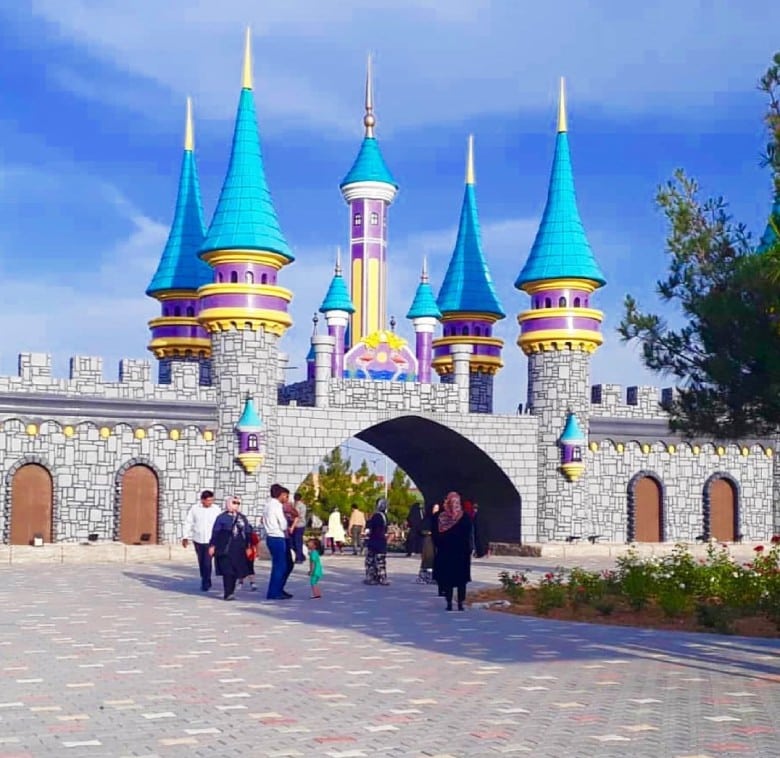
Urmia, like other cities in Iran, boasts a wealth of tourist and historical attractions. Its nature is among the city’s strengths, making Urmia exceptionally beautiful alongside its various sights. Here, we introduce the recreational and tourist attractions of Urmia that can make your visit memorable and enjoyable.
One of the most popular attractions in Urmia is the Sheikh Tappeh Forest Park, spanning 44 hectares and featuring amenities such as fast food, cafes, restaurants, and an amusement park. Additionally, the Khoshako Ski Resort, located 30 kilometers west of Urmia, invites you to a unique celebration in the cold and snow.
Egg-shaped Park, known for its marketplaces and a designated play area for children, attracts many visitors. Student Park or Goller Bagi, with half a million types of flower bushes, is exceptionally beautiful in spring. The Chi Chest Beach Village, located 18 kilometers from Urmia on the road leading to Lake Urmia, offers a variety of recreational activities such as karting, billiards, paragliding sites, rally tracks, and more for the comfort and enjoyment of tourists and travelers. Other attractions in Urmia include Bari Beach Village, Clock Park, Fanus Beach Village, and People’s Garden.
Exploring these destinations can turn your trip to Urmia into an adventure filled with natural beauty, historical sites, and fun activities for all ages.
Urmia’s Historical Attractions
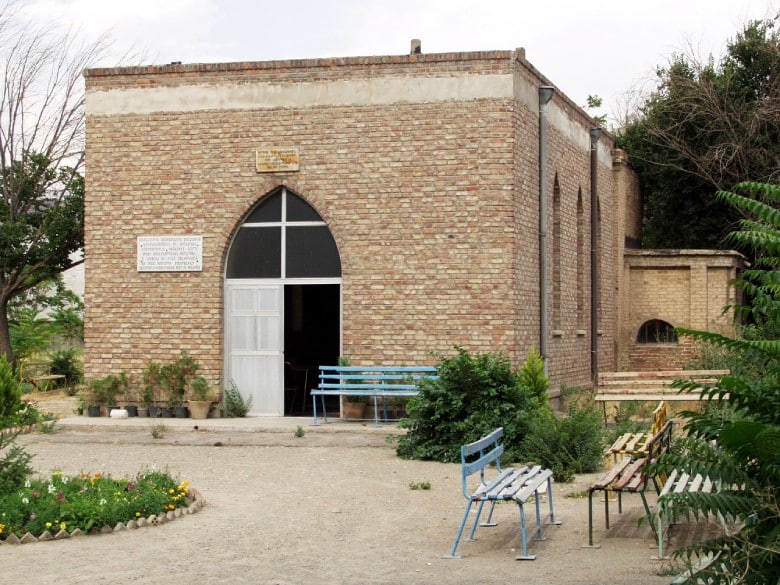
In terms of historical attractions, Do Ghazan Ice House dating back to the Qajar era, and Glassware Exhibition, where you can admire glassblowing, handicrafts, and glass painting by Urmia’s artisans, are must-visits. Nane Maryam Church is one of the ancient churches with Sassanian and Parthian architecture.
Don’t miss visiting Urmia Grand Mosque, renowned for its Mongol-era mihrab plasterwork, geometric patterns, Kufic inscriptions, and arch designs. Ansari House built in the Qajar style, Mar Sergiz Church representing Armenian and Assyrian architecture, and Tam Tam Cave, dating back to the Paleolithic era, located 18 kilometers southwest of Urmia, are also among the city’s historical highlights. Urmia’s museums, including Urmia City Museum and Handicrafts Museum, showcase archaeological and historical artifacts and various handicrafts across different periods.
Distance from Urmia to the Iran-Turkey Border
Interestingly, the city of Van in Turkey shares a border with Iran, making it an attractive tourist destination. If you’re traveling by land to Van, you can cross through Razi, Bazargan, and Sarv borders. Razi border to Van is 106 kilometers, a journey that can be completed in about 1 hour and 30 minutes. Then there’s the Bazargan border, 200 kilometers away from Van, taking around 2 hours and 30 minutes to travel. Lastly, the Sarv border, 250 kilometers to Van, can be traversed by personal car in about 3 hours and 30 minutes. Sarv border is open 24 hours, allowing unrestricted passage.
The Best Hotels in Urmia
BOOK ONLINE
Iran Hotels Online
Urmia boasts a variety of hotels catering to tourists and travelers, ranging from five-star to three-star services. The best accommodations, however, are the five-star hotels. Deniz Hotel and Ana Hotel shine as the only five-star hotels in Urmia.
Park Hotel, Aria Hotel, and Jahangardi Guest House, all four-star, offer an attractive stay. Moreover, three-star hotels like Morvarid Hotel, Kara Hotel, and Sahel Urmia Hotel provide excellent services to visitors.
Delicious Local Foods of Urmia
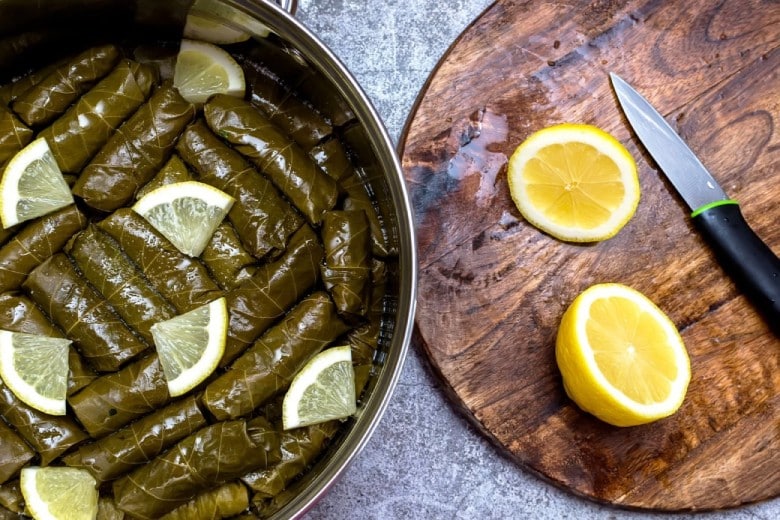
Choosing among Urmia’s best and most appealing foods can be a matter of taste, but rest assured, you won’t regret trying any of them. Dishes such as Kenger stew, Cabbage soup, Urmia Shorja, Urmia Khoresh, Grape Leaves Dolma, Gozleme, Ash Doogh, and Coriander Kebab are among the delicious foods of Urmia served in restaurants.
Additionally, various types of nougats including rose, musk, and saffron, along with sweets like sojouq, oven sweets, Lozank, carrot halva, and walnut halva, are available in all traditional confectioneries in Urmia.
Best Restaurants in Urmia
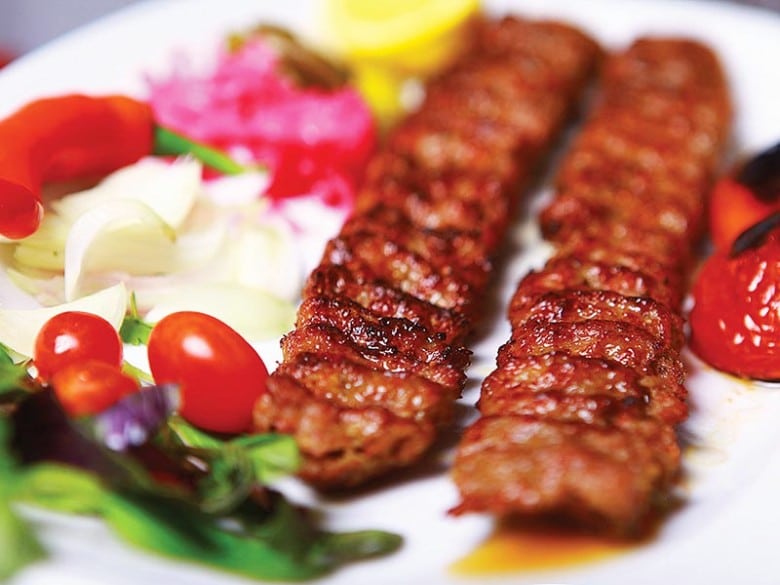
Don’t miss out on the restaurants and foods of this city during your trip to Urmia. For lovers of traditional cuisine, we recommend Keshkool Sofreh Khaneh, Darchin Sofreh Khaneh, Roozegaran Sofreh Khaneh, Bam Sabz Turk Mall, and Gazmakh Restaurant.
For fast food enthusiasts, Choobin Fast Food, Dr. Zhon Fast Food, Jaguar, Moon Light, and Rooberoo stand out as the best options.
To taste the best Turkish kebabs, visit Flamingo, Diako, Salt Cave, Kababchi, and Molavi restaurants.
Authentic Turkish cuisine is also available at Turk Hoor Restaurant, Eva Food Restaurant, and Rohit Osta Turkish Food.
Discover Urmia’s Edible Souvenirs and Handicrafts
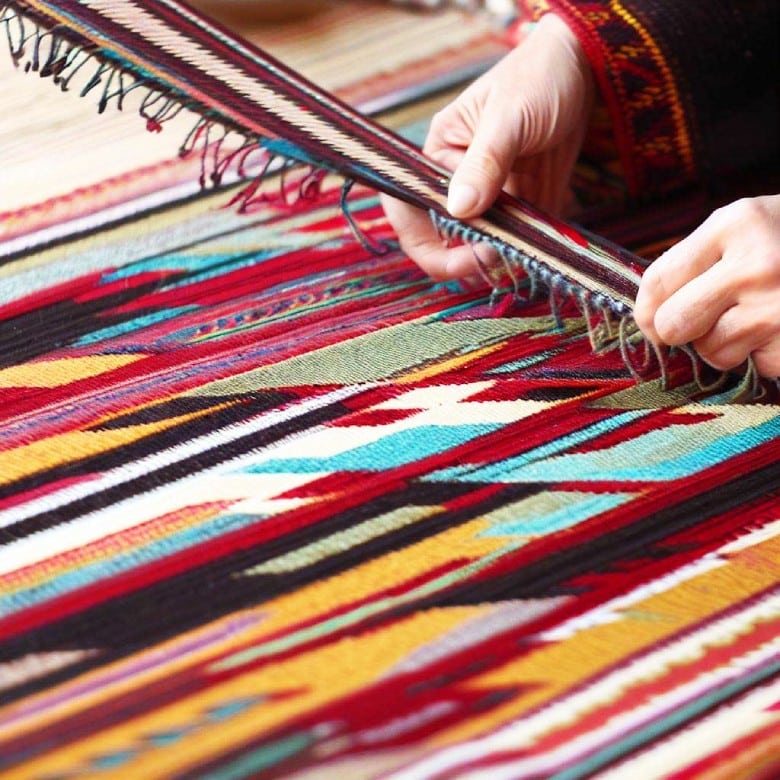
Urmia’s souvenirs are famous and popular, especially in the realm of handicrafts. Delicate handiworks, carpets, sculptures, embroidery, marquetry, kilims, jajims, pottery, wooden items, beadwork, traditional printing, dyeing, and wood carving are among the artistic creations you can bring back as non-edible souvenirs.
Famous Markets and Shopping Centers in Urmia
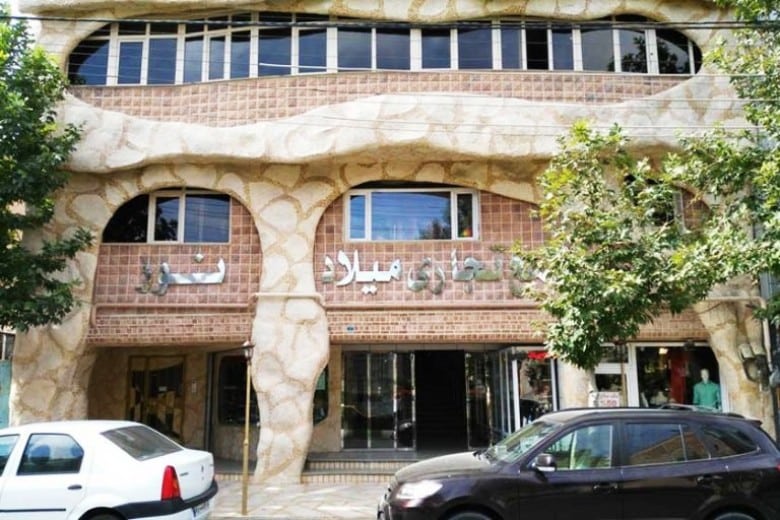
In Urmia, like other cities, you have the option to shop at both traditional markets and modern shopping centers. Shopping centers such as Reza Shoe and Bag Center, Milad Noor Commercial Complex, Berlin, Turk Mall, Pardis, Brillant, and Jalali Passage are places where you can find everything you need.
Additionally, Urmia’s old bazaar, Ahandoost Urmia Market, and the city’s old market are among the traditional centers for purchasing souvenirs and handicrafts.
Urmia’s Fascinating Ceremonies, Traditions, and Festivals
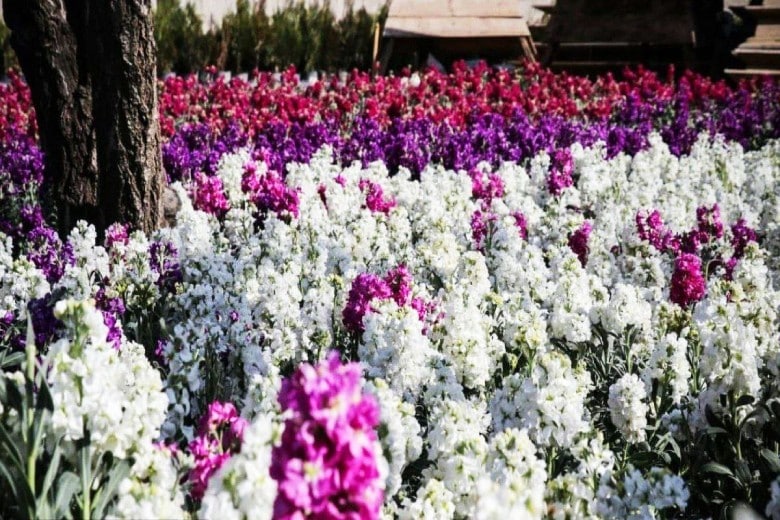
In Urmia, as in other parts of Iran, you can witness a variety of customs and traditions, some of which are shared across the country. Events such as Eid al-Adha, Eid al-Fitr, and Nowruz are celebrated in a similar fashion throughout Iran. However, due to the diverse ethnic and national groups in Urmia, some ceremonies may be held differently. For instance, Kurds have their unique rituals, and the Armenian and Assyrian communities celebrate their religious holidays in their distinct ways.
The Jalali tribe celebrates Eid al-Adha by sacrificing sheep and cattle and wearing new clothes, though they don’t place as much emphasis on the grand celebration of Nowruz.
The Mameklou tribe considers both Eid al-Fitr and Eid al-Adha highly significant and organizes extensive celebrations and dancing during these holidays.
The Herki tribe prepares elaborate festivities for Eid al-Adha, Eid al-Fitr, and the birthday of Prophet Muhammad.
The Qareh Papaq tribe places more importance on Nowruz than on other holidays, celebrating it with greater fervor.
SURFIRAN Tours
Best Iran Tours
How Ceremonies Are Conducted in Urmia
The way ceremonies are conducted and the significance of holidays and festivals among the people of Azerbaijan, due to ethnic and national diversity, is quite distinct. This also applies to wedding and mourning ceremonies. For example, weddings in the province, especially in rural areas, are typically held in autumn. The ceremonies begin with the engagement and continue with performances, games, and staging, all taking place at the bride’s home. Throughout the wedding, numerous songs and poems are recited, and guests engage in music, dance, and revelry.
It’s important to note that due to the ethnic diversity in Azerbaijan, you might encounter unique customs and traditions specific to each tribe, which do not resemble those of other ethnic groups and nations in the region.
Read More



